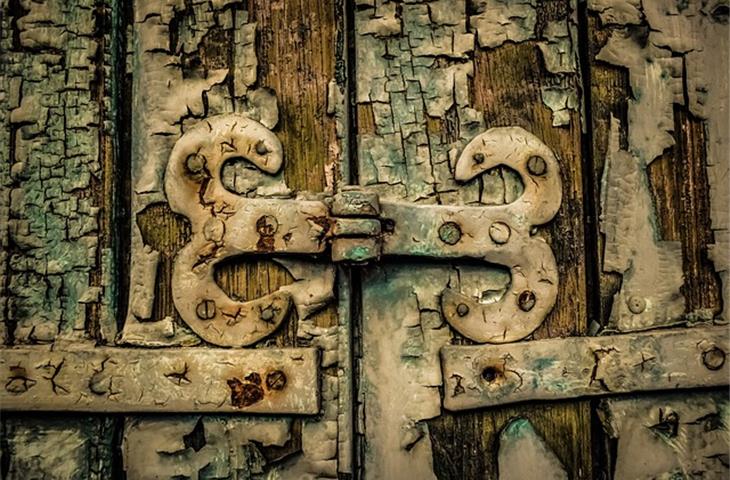The role of internal cabinet door hinges typically remains unobserved until they exhibit signs of failure or malfunction. These hinges exist to facilitate a smooth transition between open and closed positions, nurturing a functional and aesthetically commendable kitchen or bathroom ambiance. Within this informative compendium, we shall explore the diverse prerequisites associated with internal cabinet door hinges, scrutinizing their significance, prevalent challenges, along with the finest practices pertaining to their installation and upkeep.
1. Endurance and Robustness

A paramount prerequisite for internal cabinet door hinges is their endurance and robustness. These hinges ought to endure the perpetual opening and closing motion over extended periods, potentially leading to wear and tear. Consequently, hinges should be constructed from superior materials like stainless steel or brass, offering exceptional resistance against corrosion and rust. Moreover, the hinge configuration should guarantee an even distribution of the cabinet door’s weight, mitigating the likelihood of the hinge fracturing or loosening.
2. Adaptability

An additional critical prerequisite for internal cabinet door hinges is their adaptability. Over time, the alignment of cabinet doors can deviate due to variables such as alterations in temperature, humidity, or the organic aging of the wood. To rectify this, hinges should permit straightforward adjustments to uphold the correct alignment of the door. This can be accomplished via attributes like adjustable mounting plates, screw-and-bolt modifications, or a blend of both.
3. Silent Functionality

Noises can pose a substantial nuisance in residences with extensive cabinets, especially if the hinges lack superior quality. Internal cabinet door hinges should be engineered to suppress noise during operation, fostering a tranquil and congenial atmosphere. This can be realized by employing soft-close mechanisms, rubber seals, or silent hinge designs that absorb sound and mitigate vibration.
4. Aesthetic Appeal
The visual allure of internal cabinet door hinges should not be underestimated, as they significantly contribute to the general aesthetic of the kitchen or bathroom. Hinges are available in a myriad of finishes, encompassing brass, chrome, nickel, and brushed metal, to complement the style of the cabinets and the room. Moreover, certain hinges are designed to remain concealed, whereas others may be exposed and function as a decorative feature.
Internal cabinet door hinges play a pivotal role in the optimal functionality and aesthetics of cabinetry. As we have examined, there are multiple prerequisites associated with these hinges, encompassing endurance, adaptability, silent functionality, and aesthetics. By comprehending these prerequisites and selecting the appropriate hinges for your requirements, you can assure a enduring, efficient, and visually attractive cabinet space. In subsequent chapters, we shall probe further into each of these prerequisites and furnish pragmatic guidelines for selecting and installing internal cabinet door hinges.
 logo
logo